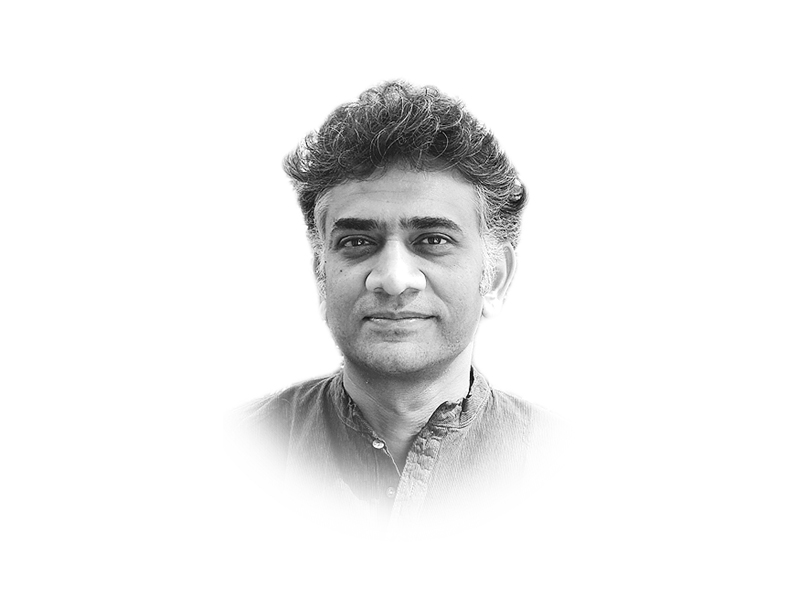
Older readers of this column will remember a time, about 20 years ago, when stories of dowry deaths regularly appeared in Indian newspapers.
These followed a pattern. Every other day or so, an almost identical report would appear on the front pages. A young woman would be set on fire by her in-laws, who would claim the stove had exploded in the kitchen. The in-laws would be arrested and also the husband.
Such stories no longer appear in Indian papers, particularly the English newspapers, and definitely do not appear on the TV channels. Why? A few laws were passed in this period which shifted the burden of proof, in case of such deaths, to the in-laws. They were automatically charged with murder if the woman died of burn injuries.
Perhaps such harsh laws are the reason we no longer read dowry death stories any longer.
Actually, there is another reason. The fact is that dowry deaths have not come down. They have remained high all these years. In 2015, there were 7,634 deaths, in 2014, there were 8,455, in the two years before that 8,083 and 8,233. India has more than 20 such cases of murder a day. If anything, the number of such incidents is probably higher than it was in that period of 20 years ago that I referred to earlier.
So why do we not hear about them any longer? It is because the media, particularly the national media and especially the English media, do not report these stories any longer. They have no interest in crime or human interest stories that do not concern the wealthy. A section of Indians, the largest part of the population, is deliberately ignored in media coverage.
The reason is that these stories, and by extension these people, are thought by newspaper proprietors and advertising directors to be ‘downmarket’. The theory is that these stories do not interest the English readership, which is more attracted to ‘upmarket’ stories. Meaning those which concern either people like themselves, or those wealthier and more famous.
Editors and journalists offered some resistance to this at the beginning, when this first started happening around 1995. But, as we have seen with the dowry death stories, the journalists have succumbed. They do not report events based on the gravity of the story, but they do so on the basis of who the participants are.
In Mumbai, where this sort of journalism about some people (it was called Page 3 in those days) began, it was easy to do by geography. Newspapers stopped carrying stories from some parts of the city, the middle class and poorer parts, and only focused on those neighbourhoods where the rich and famous lived.
I should say that to some extent this also affects the non-English papers. When I edited a Gujarati paper in Ahmedabad over a decade ago, the same sort of thing was prevalent, and parts of the city were ignored because they were not seen as the parts where the core readership resided.
It will interest readers to know that something similar happened in the Indian cinema industry. Three decades ago, it was common to have a Bollywood hero whose origins were poor and he carried no shame because of his poverty. Amitabh Bachchan played a coolie in a hit movie of the same name in 1983. It is unthinkable today that a hero would come from the labouring class.
In 1996, Bollywood released Dilwale Dulhaniya Le Jayenge and other such films. These were not concerned with the great issues concerning India. Instead, they were about narrow social matters in rich families. These films entirely ignored the reality of the society they were being produced in. In the same period, we had the beginning of multiplex movie theatres in malls. These tickets were priced twice or more than twice that of the regular halls and they excluded the majority of Indians who could no longer afford them.
The themes of injustice and violence continued in Bollywood through what were called ‘B’ grade films, starring people like Dharmendra and Mithun Chakraborty. These films were not shown in multiplexes but in single-screen halls and in smaller towns (also called B towns). These movies are also no longer made these days.
There is a sameness to Indian journalism and films. They deliberately exclude the majority of the population. Not because their stories are not important enough to report on or write movies about, but because it is felt that India’s urban, upper caste and upper class readership and viewership does not care for such things.
There is of course a fallout of such deliberate cruelty on society and we shall look at that another time.
Published in The Express Tribune, September 11th, 2016.
Like Opinion & Editorial on Facebook, follow @ETOpEd on Twitter to receive all updates on all our daily pieces.





























































COMMENTS (13)
Comments are moderated and generally will be posted if they are on-topic and not abusive.
For more information, please see our Comments FAQ